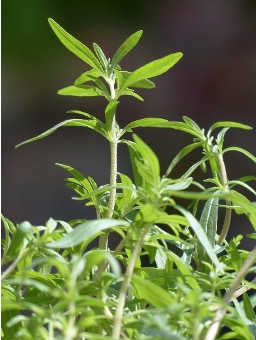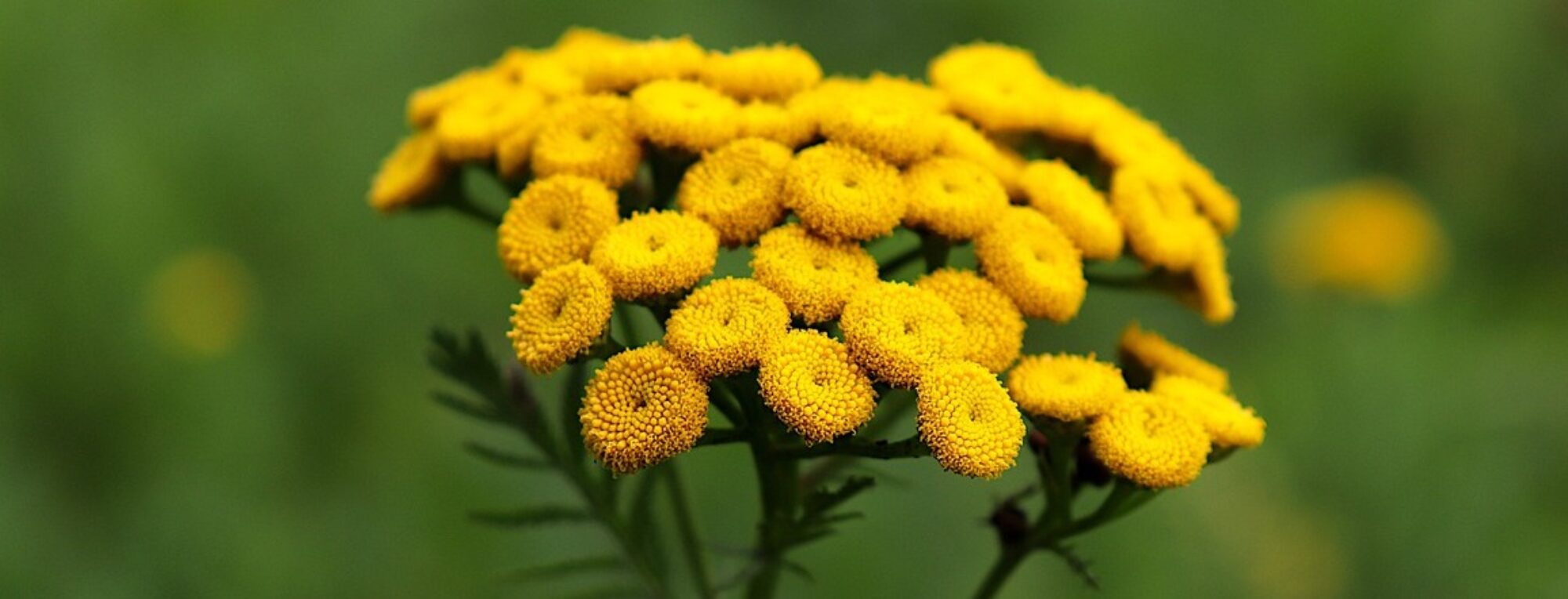
English name: Summer savory
Family: Lamiaceae
Botanical characteristic: Annual herb, 40 cm tall. The stem is quadrangular, branched, woody in the lower part. The leaves are dark green, narrowly lanceolate, have a short petiole with a entire margin. The white, light purple flowers are arranged in panicles and grow in the axils of the leaves. The fruit is a small, dry, deciduous fruit from a two-seeded pistil which breaks into 4 one-seeded parts.
Microscopic drawing:

Distribution: It originally comes from the Mediterranean region. In our geographical conditions, it is grown in gardens, in abandoned vineyards.
Drug: Saturejae folium et herba
Harvesting method: The collection of stalk and leaves takes place at the beginning of flowering and during flowering, from June to August. Leaves and twigs are cut with secateurs.
Drying: The stalk with leaves is dried in the shade, in a ventilated room, in thin layers, in a natural way. When artificially dried in a drying oven at a temperature of up to 35 °C.
Active substances: Summer savory contains essential oil based on carvacrol and cymene. Other substances include tannins, flavonoids and organic acids with a predominance of rosmarinic and chlorogenic acids.
Uses: The plant is attributed to astringent and antiseptic effects. It is most commonly taken to aid digestion, for flatulence and cramps. The secretions from the drug can be gargled for inflammations of the mucous membranes of the mouth and nasopharynx.
Selected herbal preparations: Ex. Pharmacy SUMMER SAVORY herbal tea 1×40 g, JUVAMED Active digestion herbal drops 50 ml, Phyteneo Vermophyt syrup 60 ml, Phyteneo Vermophyt cps 20 pcs, TESTOREX ULTRA – POTENTIAL cps 60 pcs.
